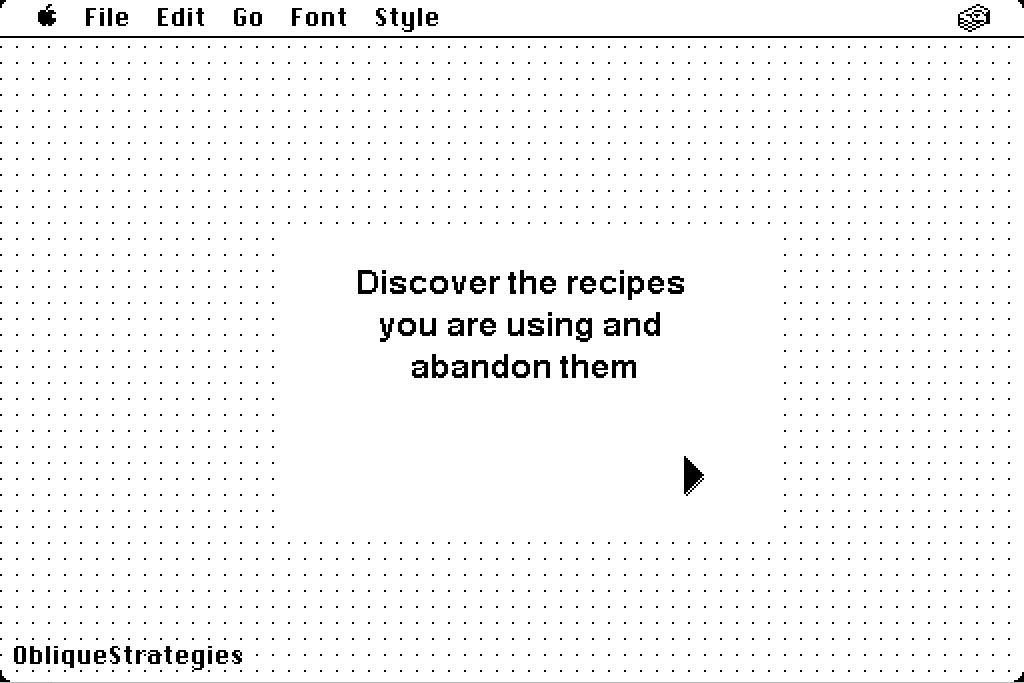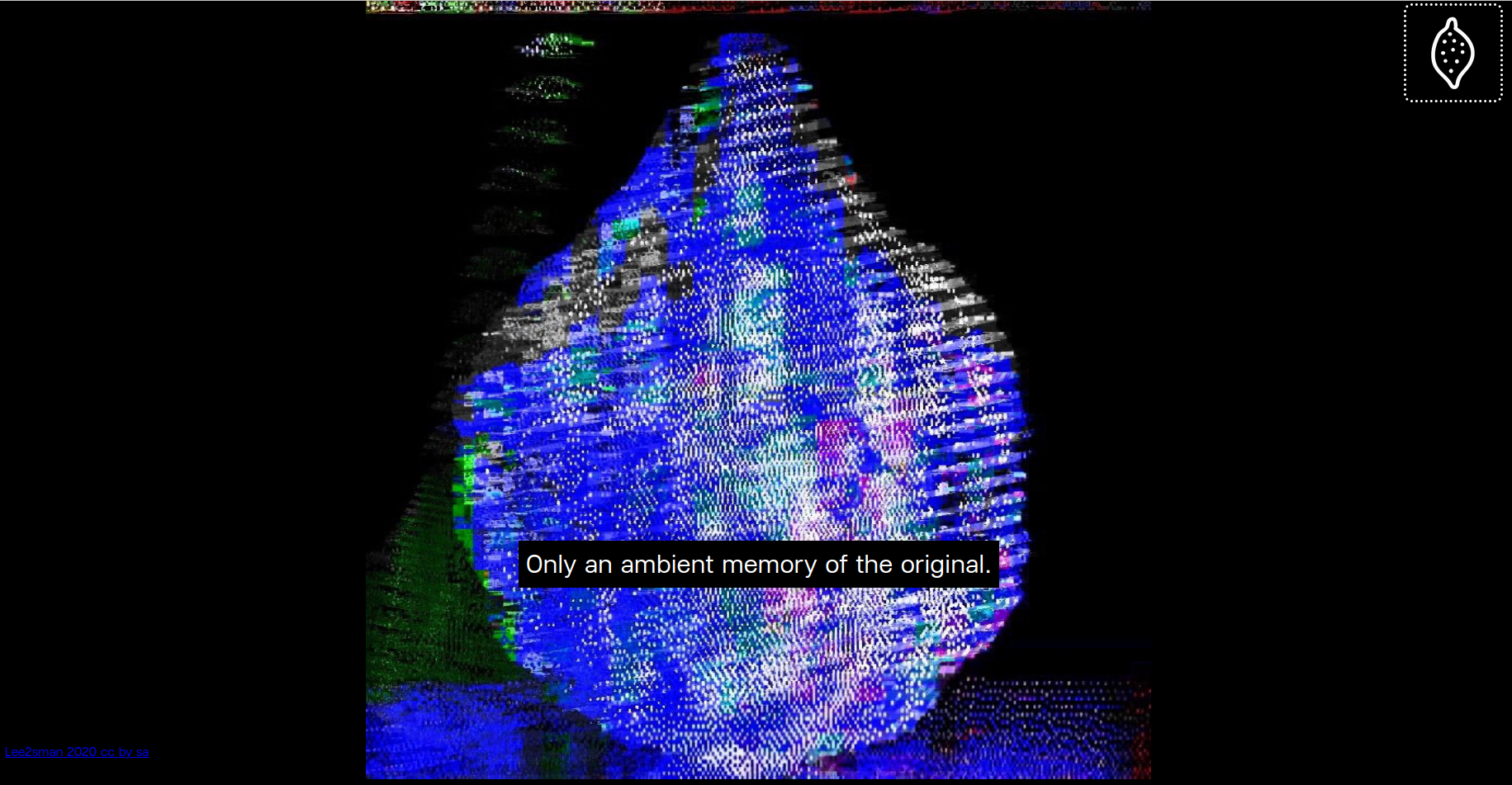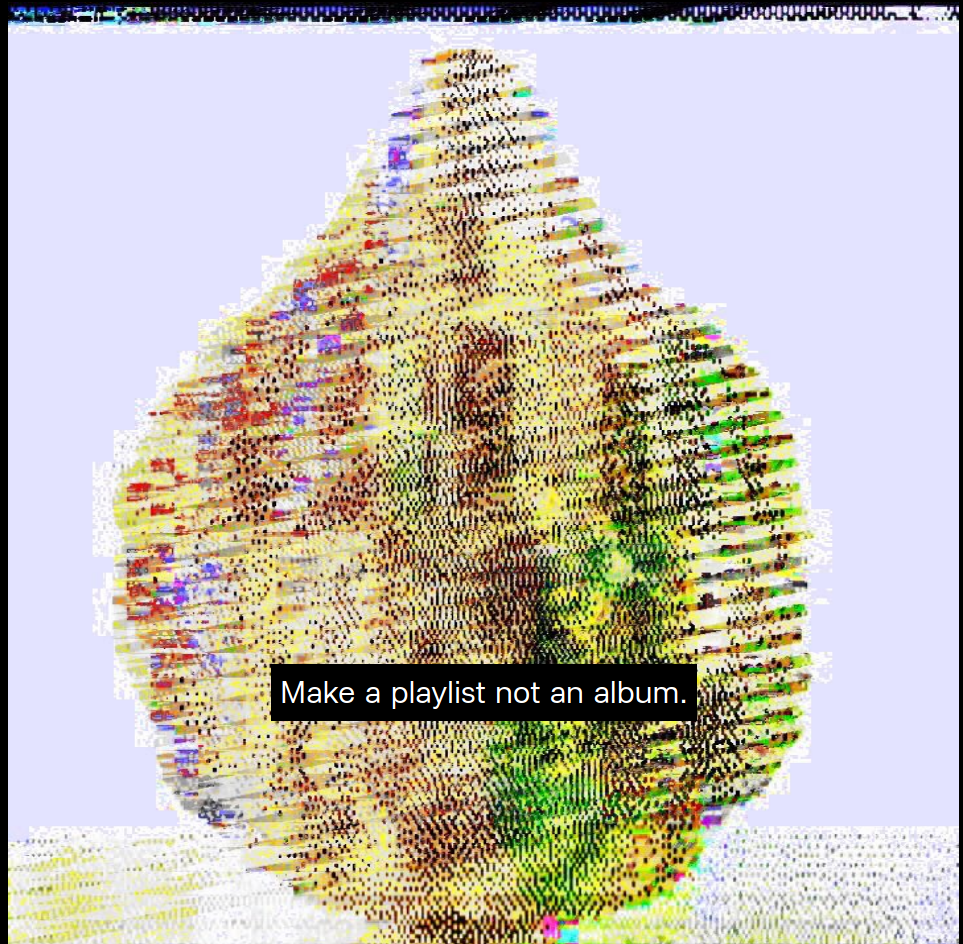
I can remember when I first learned about Brian Eno and Peter Schmidt’s Oblique Strategies. I was working at a small museum in southern california (this was in the late oughties). I came across a listing in the database of our collection archive for Brian Eno, and it said the item was a gift, and I don’t remember how its title was listed exactly. At that point I was a fan of Eno’s ambient music, works like Ambient 1: Music For Airports and Thursday Afternoon but not aware of his entire ouevre. I remember walking into the collection room, our behind-the-scenes vault, to find the item to see what it could be. I used white gloves, as a good curator should, and removed a small item from what I recall was a soft bag, perhaps velvet.

I took the cover off a small white plastic box that was strangely shaped, almost like a tiny fat plastic cartoon bone dog toy. Inside was a deck of cards with words printed on them. I picked one at random. I do not remember what it said, but I wish I did. What I remember is that I was confused, and I put it away. If this hadn’t been the Peter Norton edition, it would have come in a black box with white lettering, and perhaps that would have provided more information, but as it was, I felt a blankness at the time and I put the cards away.
The same size as a regular card deck, and rather plain-seeming beyond its odd plastic box, the deck did not impress me much. Of course years later I stumble across articles and interviews citing Oblique Strategies’ influence and now know I overlooked something incredibly special. Ironically I no longer have access to this original deck.
What is Oblique Strategies? With the subtitle Over One Hundred Worthwhile Dilemmas it is a card deck containing over a hundred prompts for creative inspiration when blocked, especially created for musicians but useable by other creative practitioners. They are plain white with a standard card deck sheen and feel, but rather than a regular playing card they contain a choice phrase.
Things like:
- Use an old idea.
- State the problem in words as clearly as possible.
- Only one element of each kind.
- What would your closest friend do?
- What to increase? What to reduce?
and on…
The deck is considered as an oracle. When you reach a creative impasse, you are meant to draw a single card from the deck and let its words or meaning guide you to a solution or path forward through the territory of lateral thinking.

There are many websites and apps to recreate the experience, mostly with terrible 1998-era dirtstyle websites. And several websites list all of the printed cards, including the variations among the five printed editions. Over the years there were also digital editions, like a Hypercard stack version. Incidentally, there is a playable version (from May 1992) that works in a Mac emulator in the browser, courtesy of Internet Archive.
Many artists, musicians, poets and others, and I count myself now included, list Oblique Strategies as inspirational. What is it that attracts us?

For one, the card suggestions border right on the edge of understanding. They are simple and just vague enough, the way a fortune cookie’s fortune may appear. Vague may not be the right word. They are open and provide just enough structure to spark at least a little new thinking. They remind me of Horse_ebooks, which had been believed to be an algorithmic spam bot but turned out to be handcrafted by a human. They also seem to trace a lineage to the instruction pieces of the fluxus artists like Yoko Ono. It’s comforting to be given a recipe, or a snippet of one, that gently steers us on a path of our own making.
Intrigued by Eno’s cards, I read through one of many lists online of the full deck. I was preparing to make my own copy. There are even rogue PDFs to print and cut on cardstock, a simulacra acting like the photocpied samizdat Real Book that jazz musicians rely on to learn the standards. Like many before me, I thought of my own additions. And very quickly, in the minutes before bed in the wee hours of the morning, I started writing out my own until after a few nights I found my own list had grown to 145 phrases.

I realize Schmidt and Eno’s decks had purposely been printed on white blanks, probably to remove any outside specific creative visual input as overly distracting. But I found them bland, lifeless. Since my own deck was for my own purposes, I decided to add my own artwork. Intuitively, I started with the image of an etrog, a citrus that jews ritually use during the holiday of Sukkot. I had picked this as another reference to Ono’s seminal book Grapefruit, which I’ve written on previously. From an initial image I use various remixing, glitching and distortion techniques on my iPad to generate 145 versions of the etrog image.
When I initially posted my work, which I titled Obscure Instructions, I described it as a generative prompt, and I had meant that it would help the user generate ideas and art. In a comment, someone registered a complaint with the software:
This doesn’t seem generative at all, the prompts make too much sense and 2 of the same prompt occur {sic} to frequently, which makes me suspicious that the prompts are written somewhere and the bot just pulls random ones. Same with the images, no new ones seem to get generated.

I had used the word generative to mean that it was to be used to produce creative prompts that would be useful by the player to help inform their own art-creation. In this regard, I used generative to mean productive generation of ideas. But fair enough, among programmer-artists generative is usually used to indicate a certain algorithmic randomness that creates enlessly new material from initial constraints. These constraints are usually provided by the programmer. In this circumstance the software written by me creates conceptual constraints (prompts, really) meant to help a user to generate new work in reaction. Well, anyway, I understand they felt misled.
One thing I love about this complaint is they say the prompts make too much sense. Yes, that’s the very idea. I actually wanted my Obscure Instructions to inspire me and be useful. Oblique Strategies hadn’t yet served that purpose for me. And sometimes one good prompt for my own creativity is to take concepts from other artists, writers, programmers, designers, etc where I felt the finished work didn’t quite meet what I had been hoping to experience and then try to build a version or new project that takes this into account. Well voila, Oblique Strategies. I hope you’ll enjoy, and that it can serve as your own inspiration point. Or perhaps like me, you’ll make your own as well. If so, I’d love to see it.
NOTE: the Oblique Strategies are copyright B. Eno and P. Schmidt 1975,’78,’79

References:
Obscure Instructions, by me
The More-Or-Less Complete and True History of the Oblique Strategies, from 1995! - link
Eno Shop - Oblique Strategies for sale
Obliqueware at Home Review from 1995
Acute Strategies - user prompts
Do It (Home) book of artist instructions.
Learning To Love You More archived website of art assignment prompts from Harrell Fletcher and Miranda July
Wikipedia page on Yoko Ono’s Grapefruit